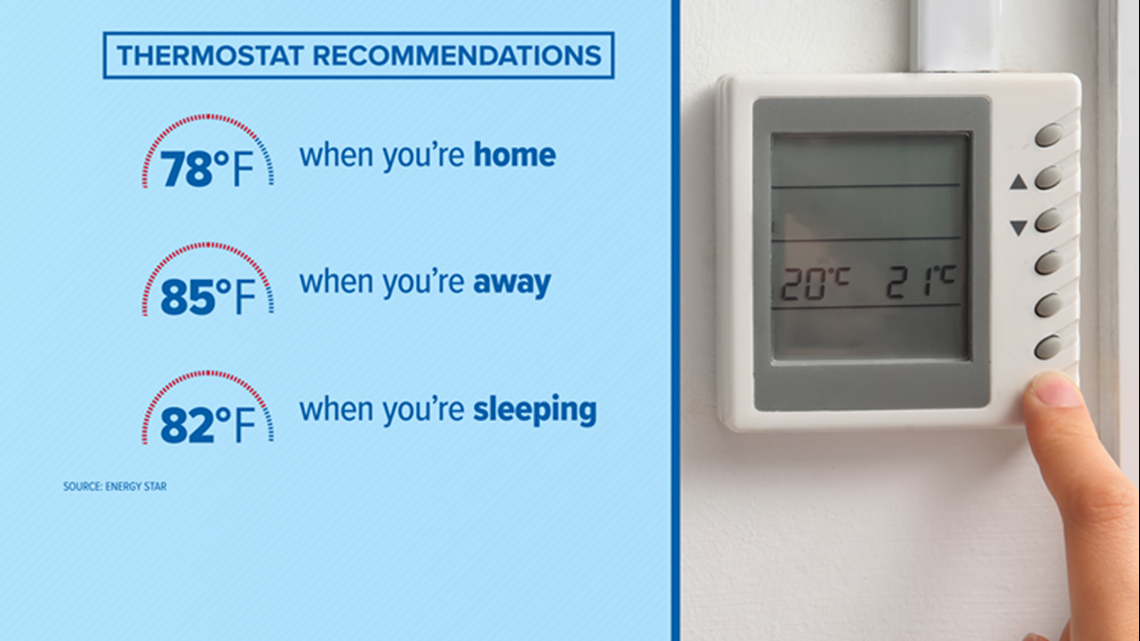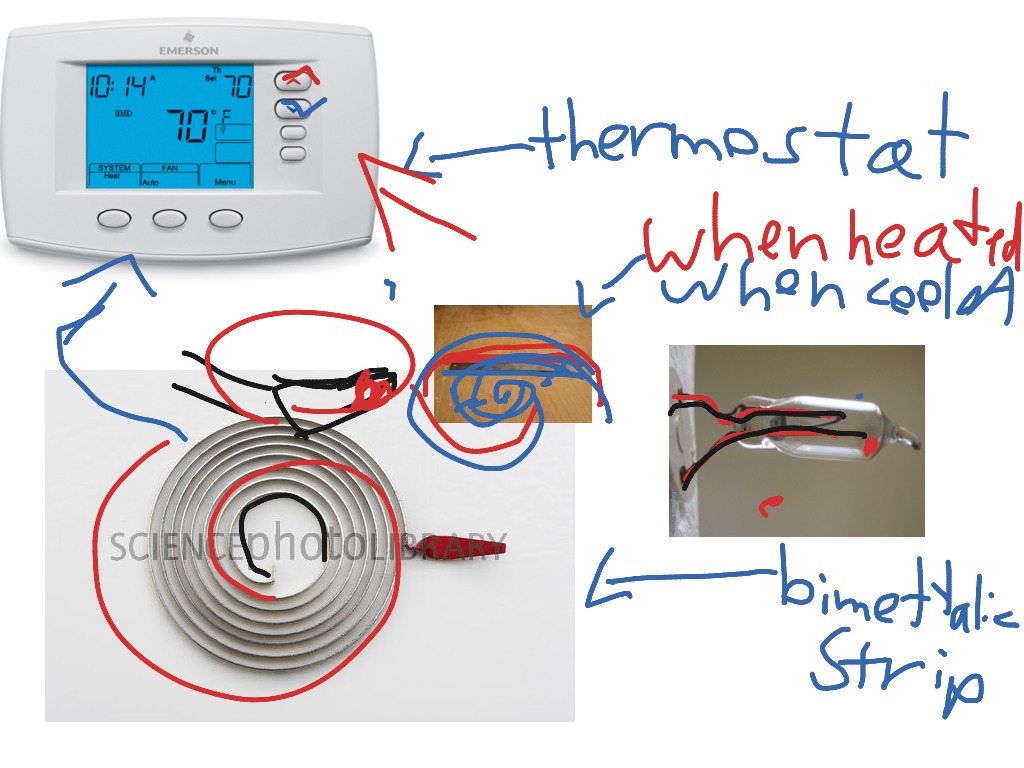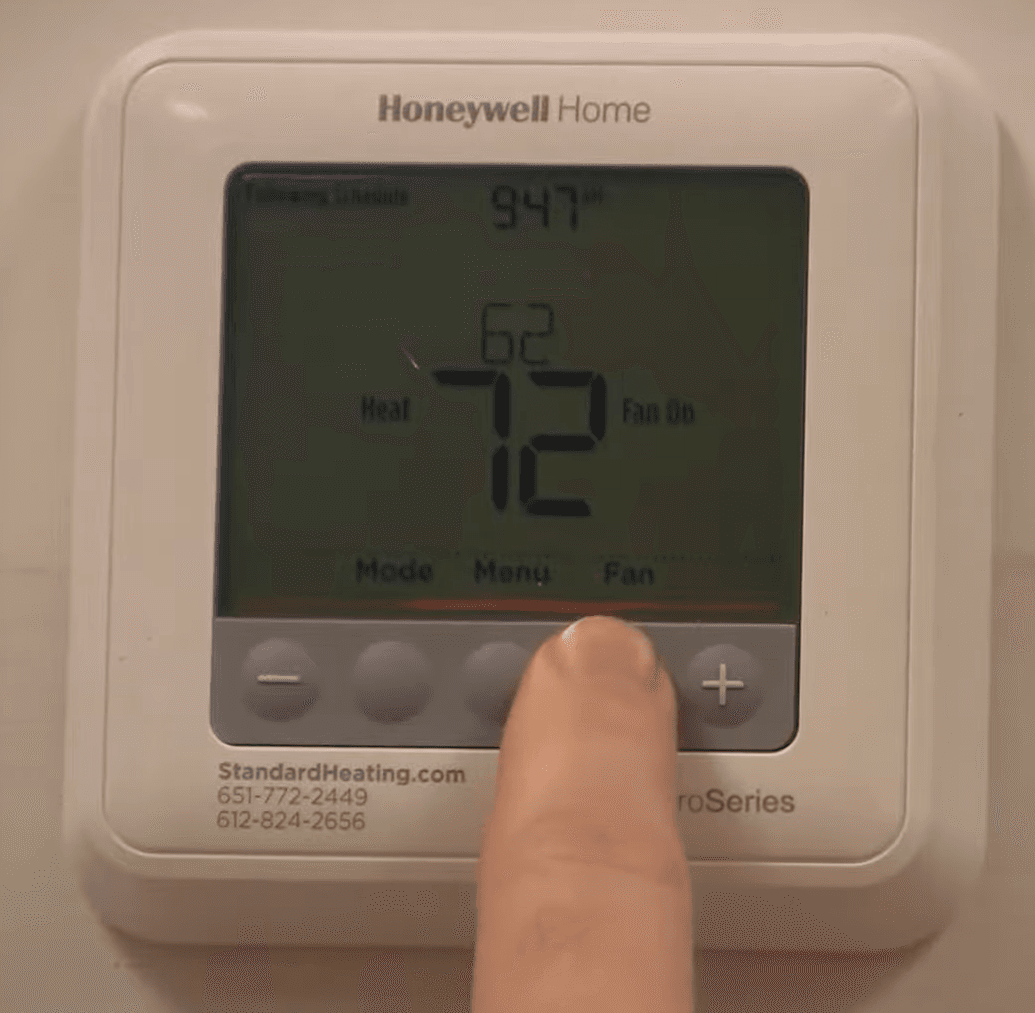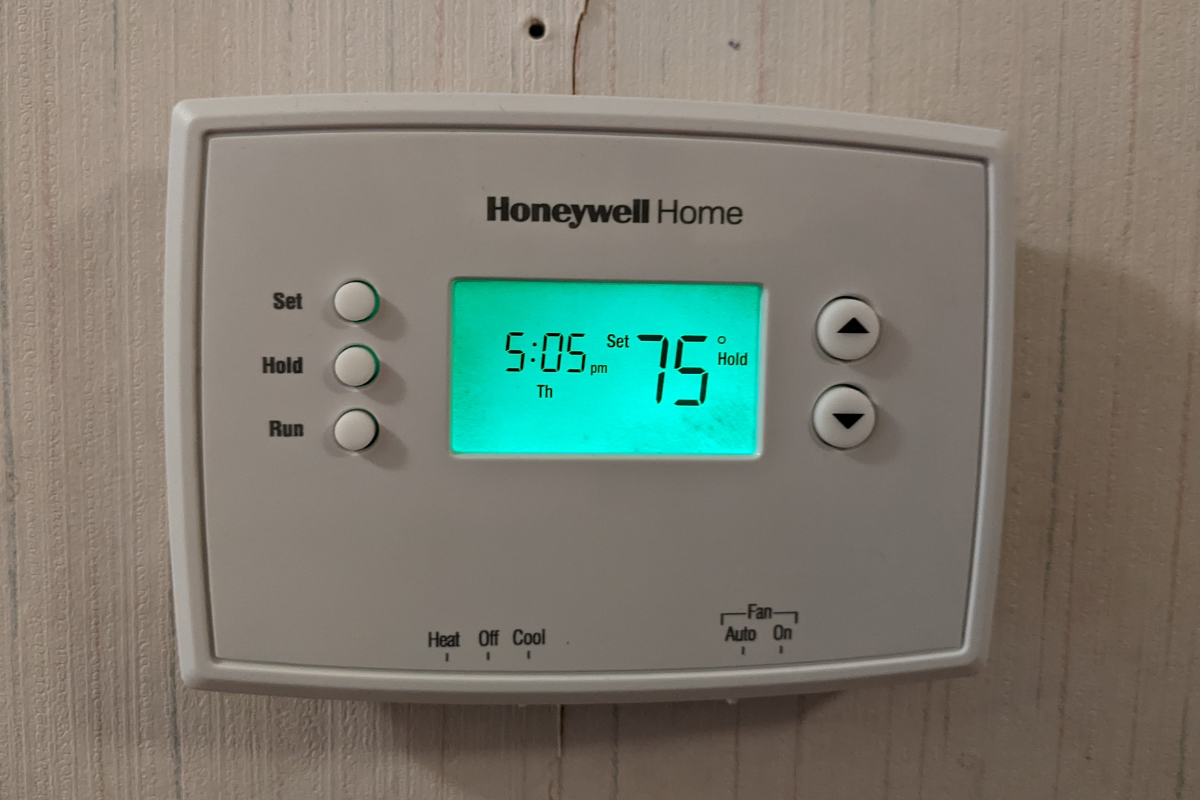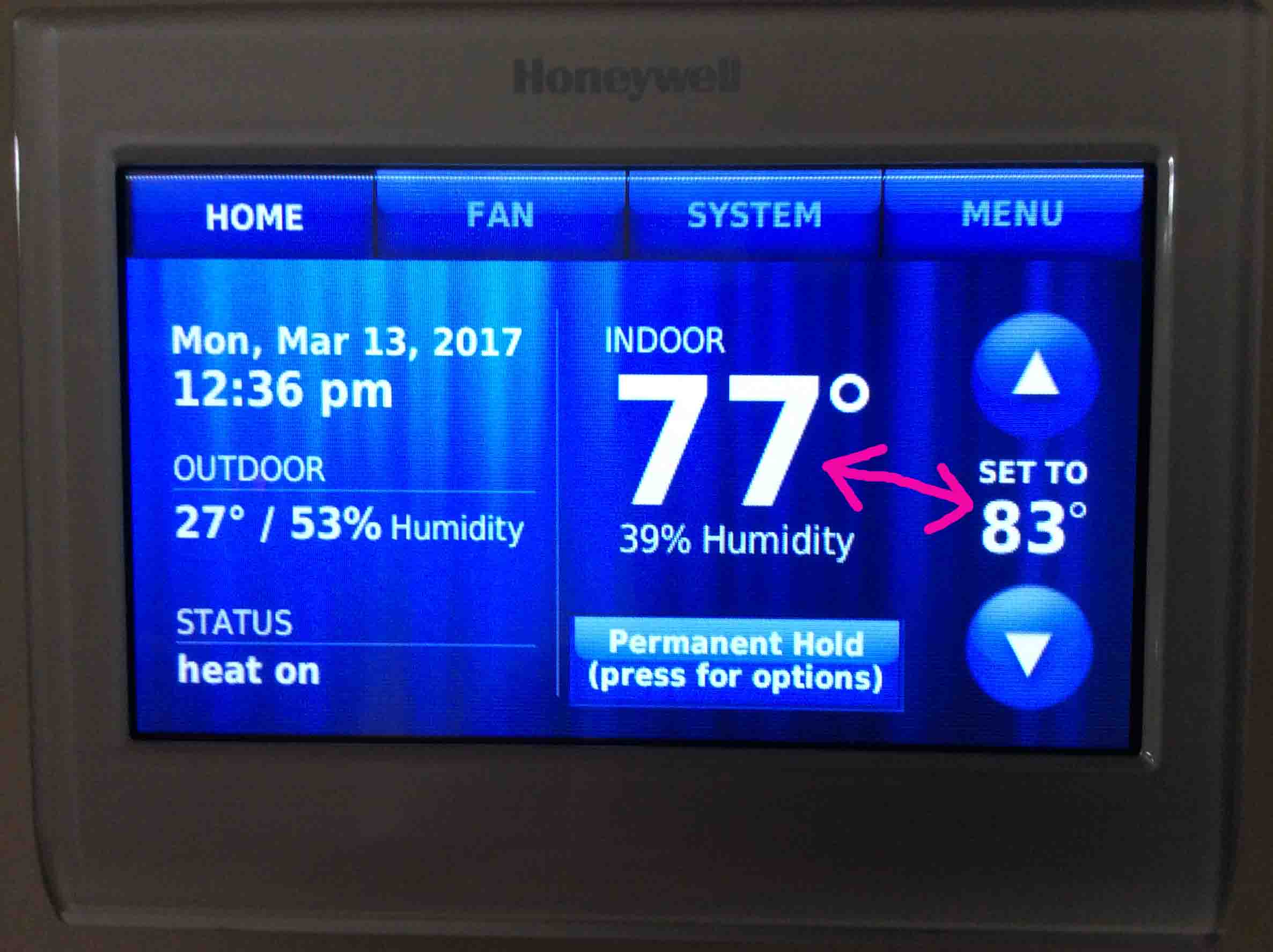Where Does A Thermostat Read The Temperature

In homes and offices across the globe, thermostats silently regulate our comfort, maintaining a delicate balance against the whims of weather and activity. But the precision we take for granted hinges on a deceptively simple question: where, exactly, does a thermostat "feel" the temperature?
The location of a thermostat's temperature sensor profoundly impacts its accuracy and effectiveness. This article delves into the nuances of thermostat placement, examining the implications of sensor location on heating and cooling efficiency, energy consumption, and overall comfort. We'll explore the common pitfalls of improper placement and provide insights gleaned from industry best practices and expert recommendations, ultimately helping readers optimize their own thermostat setups.
The Sensor's Perspective: What Thermostats "See"
A thermostat doesn't measure the temperature of an entire room, let alone a whole building. Instead, it relies on a thermistor or other temperature-sensitive component positioned to register the air temperature at a specific point. This single point becomes the reference for the entire heating or cooling system.
The sensor's location, therefore, becomes critical. If the sensor is exposed to undue influence, like direct sunlight or drafts, the temperature reading will be skewed, leading to inefficient operation and uncomfortable conditions.
Ideal Placement: A Balancing Act
Industry experts generally recommend mounting thermostats on interior walls, away from direct sunlight, doorways, windows, and external walls. The goal is to measure the ambient air temperature, unaffected by external factors.
According to the U.S. Department of Energy, thermostats should be placed in areas with good air circulation. This ensures the sensor accurately reflects the average temperature of the space being controlled.
Height Matters: Getting It Just Right
The recommended height for a thermostat is typically around five feet (1.5 meters) from the floor. This height is considered representative of the average temperature experienced by occupants in the room.
Mounting a thermostat too high or too low can lead to inaccurate readings. Heat rises, so a high-mounted thermostat may register a warmer temperature than what's actually felt at floor level, especially in rooms with high ceilings.
Avoiding Common Pitfalls
One of the most common mistakes is placing a thermostat near heat-generating appliances like ovens, lamps, or televisions. The heat radiating from these devices will artificially inflate the thermostat's reading.
Similarly, thermostats should never be placed in direct sunlight. Sunlight can drastically increase the sensor's temperature, causing the air conditioning to run excessively and waste energy. Drafty locations, such as near doorways or windows, should also be avoided.
Smart Thermostats: A Technological Leap
Smart thermostats often offer features that mitigate some of the challenges associated with traditional thermostat placement. Many models incorporate multiple sensors or allow for remote sensors to be placed in different rooms.
This provides a more comprehensive understanding of the temperature distribution throughout the home. Some smart thermostats can even learn occupancy patterns and adjust the temperature automatically to optimize comfort and energy savings.
Expert Opinions and Industry Standards
According to ASHRAE (the American Society of Heating, Refrigerating and Air-Conditioning Engineers), proper thermostat placement is a key factor in achieving optimal HVAC system performance. ASHRAE guidelines emphasize the importance of considering building design and occupancy patterns when selecting thermostat locations.
Energy Star also promotes the use of programmable thermostats and highlights the benefits of proper placement in its energy efficiency guidelines. Their recommendations align with those of ASHRAE, emphasizing the importance of avoiding direct sunlight and drafts.
The Future of Temperature Sensing
The future of temperature sensing is likely to involve more sophisticated, distributed sensing systems. Imagine a network of sensors throughout a home, providing real-time temperature data to a central control system.
This would allow for more precise and localized temperature control, optimizing comfort and minimizing energy waste. Such systems could also integrate with smart home platforms, allowing users to monitor and adjust temperatures remotely via their smartphones or other devices.
Conclusion: A Small Adjustment, A Big Difference
The seemingly simple act of placing a thermostat can have a significant impact on energy consumption and comfort. By understanding the principles of proper thermostat placement and avoiding common pitfalls, homeowners and building managers can optimize their HVAC systems for maximum efficiency.
Whether you're using a traditional or smart thermostat, taking the time to ensure accurate temperature sensing is a worthwhile investment. The resulting benefits include lower energy bills, improved comfort, and a reduced carbon footprint. It is a critical step towards a more sustainable and comfortable future.


